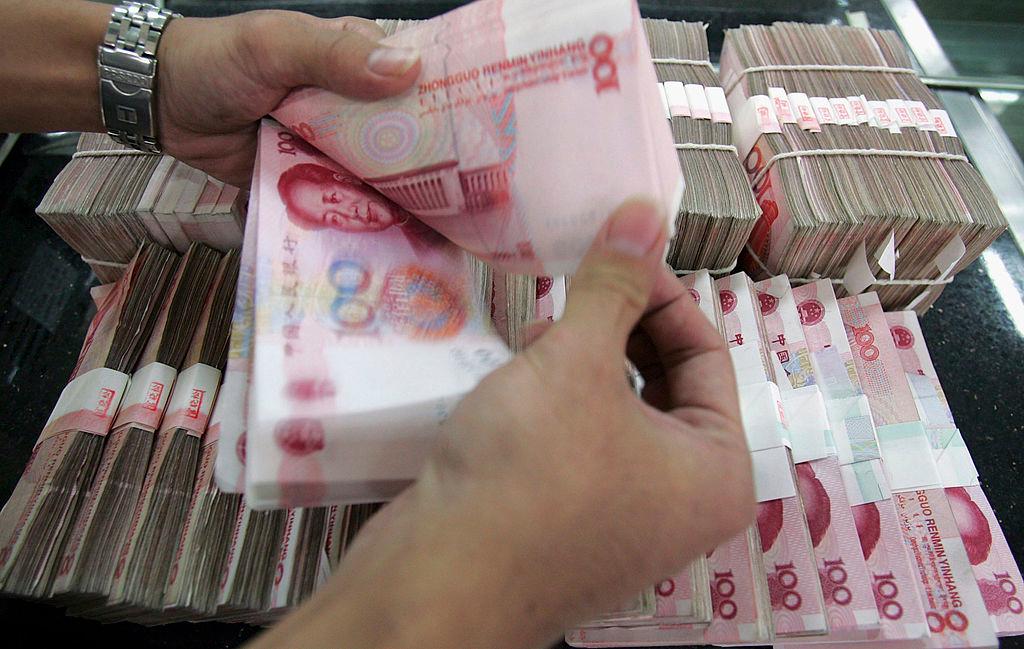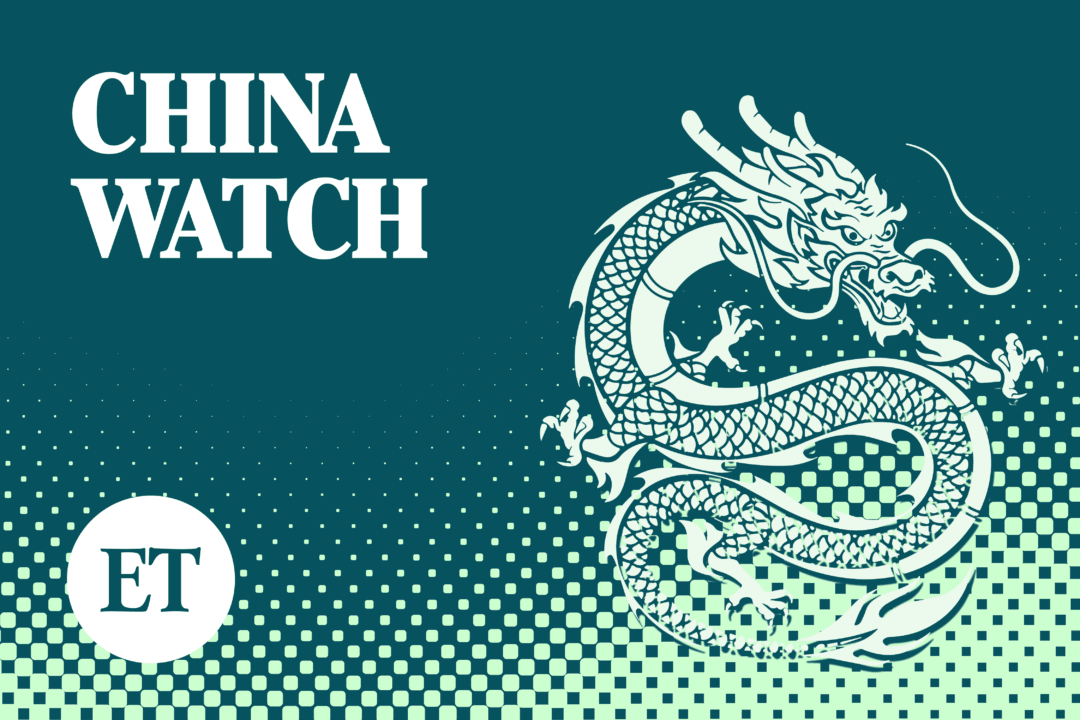The Chinese communist regime’s top economic planner announced additional fiscal stimulus actions on Oct. 8, building on last month’s surprise cash injection, though the measures fell short of the substantial package the markets and some financial experts had anticipated.
Zheng Shanjie, chairman of the National Development and Reform Commission, announced an advance of 100 billion yuan ($14.1 billion) from the 2025 central investment budget to be used this year. The regime will also allow construction projects, valued at another 100 billion yuan in next year’s budget, to start before the year-end. The $28 billion measures were of a scale far below the level analysts had been calling for, a package between 2 trillion yuan ($283 billion) and 10 trillion yuan ($1.4 trillion).



